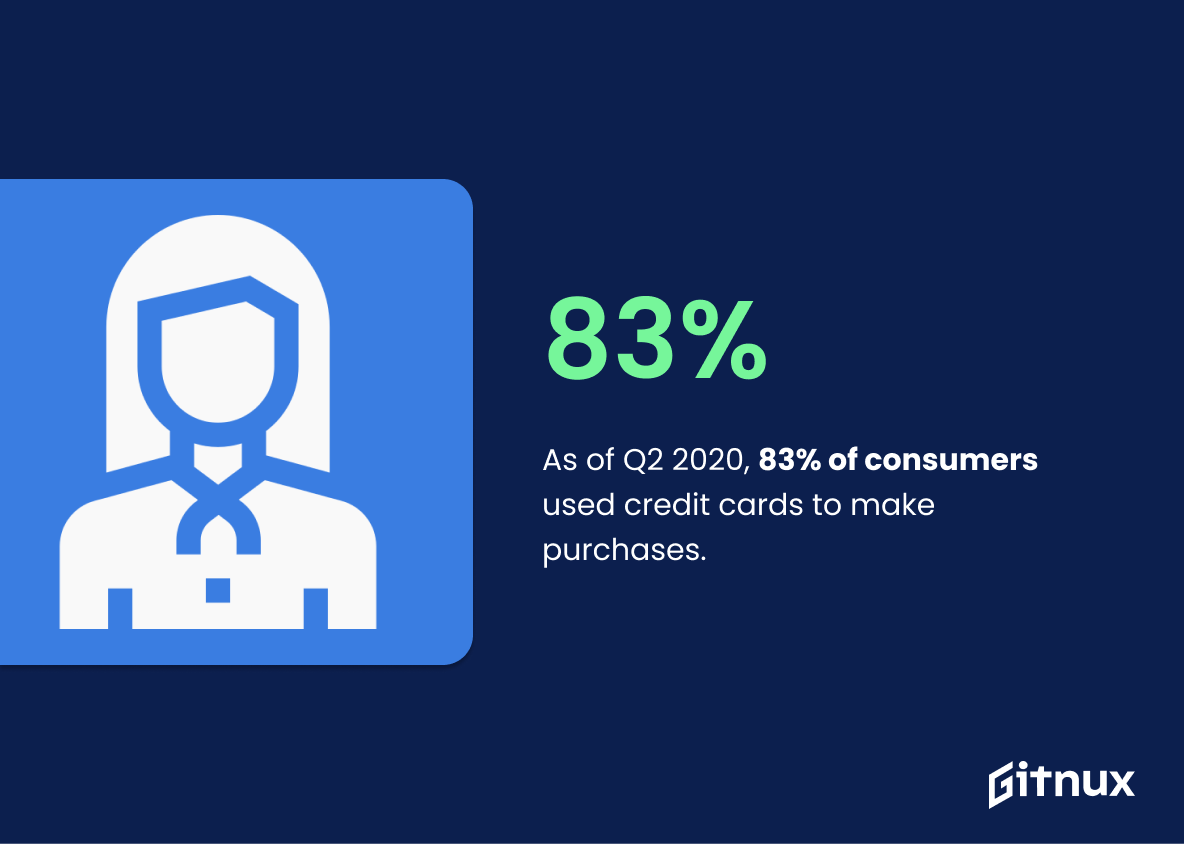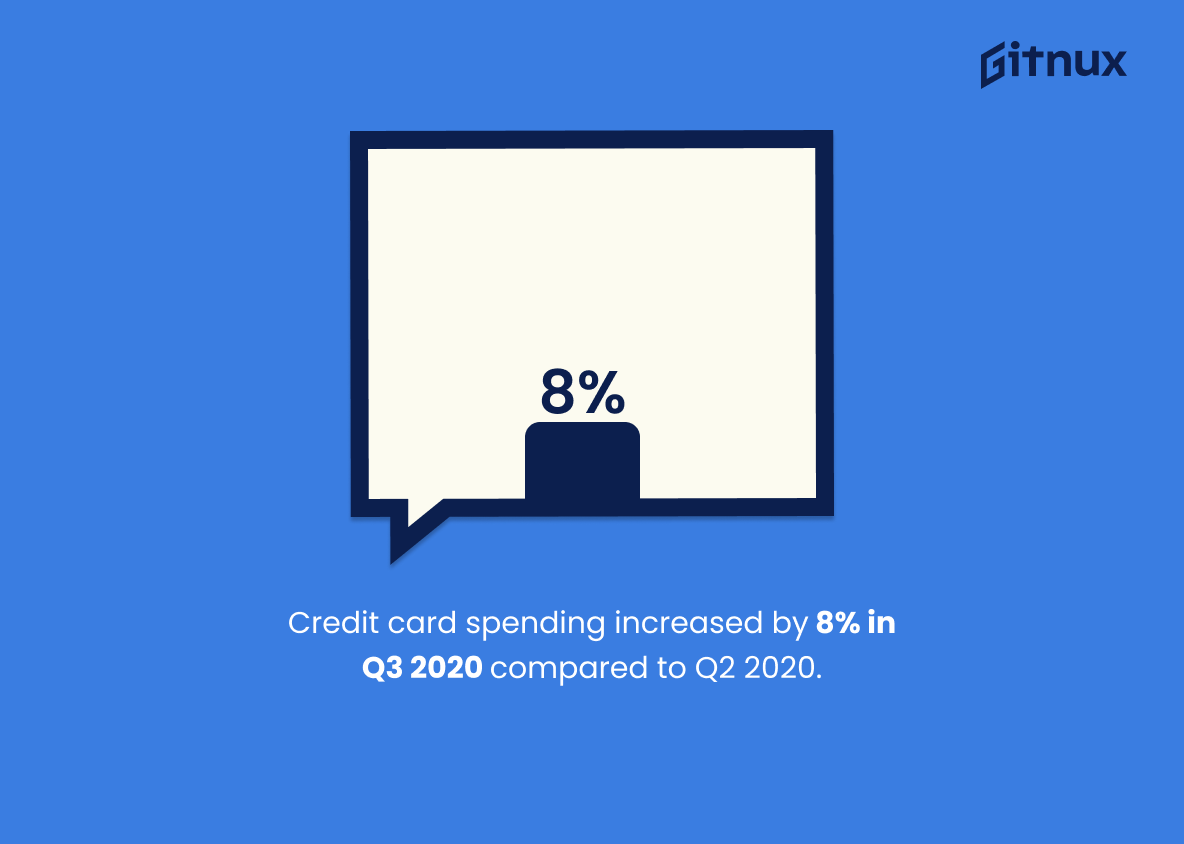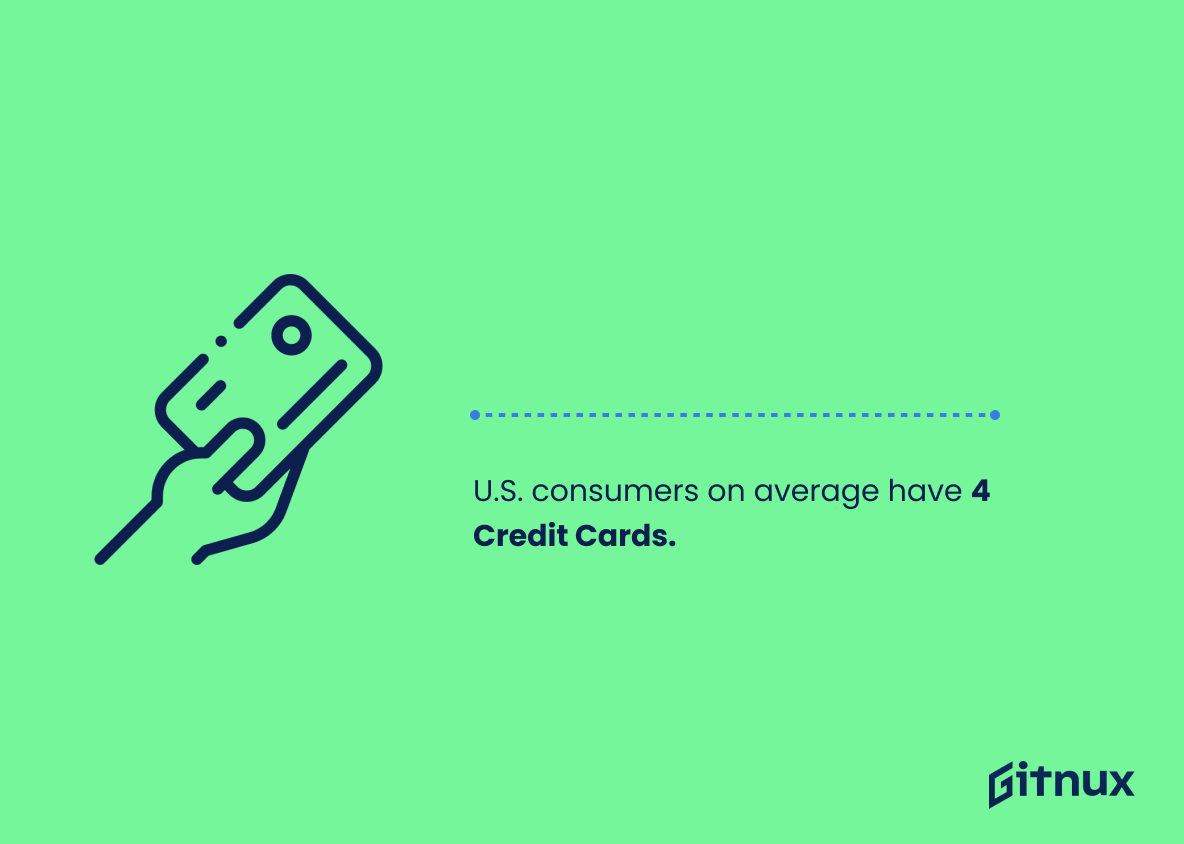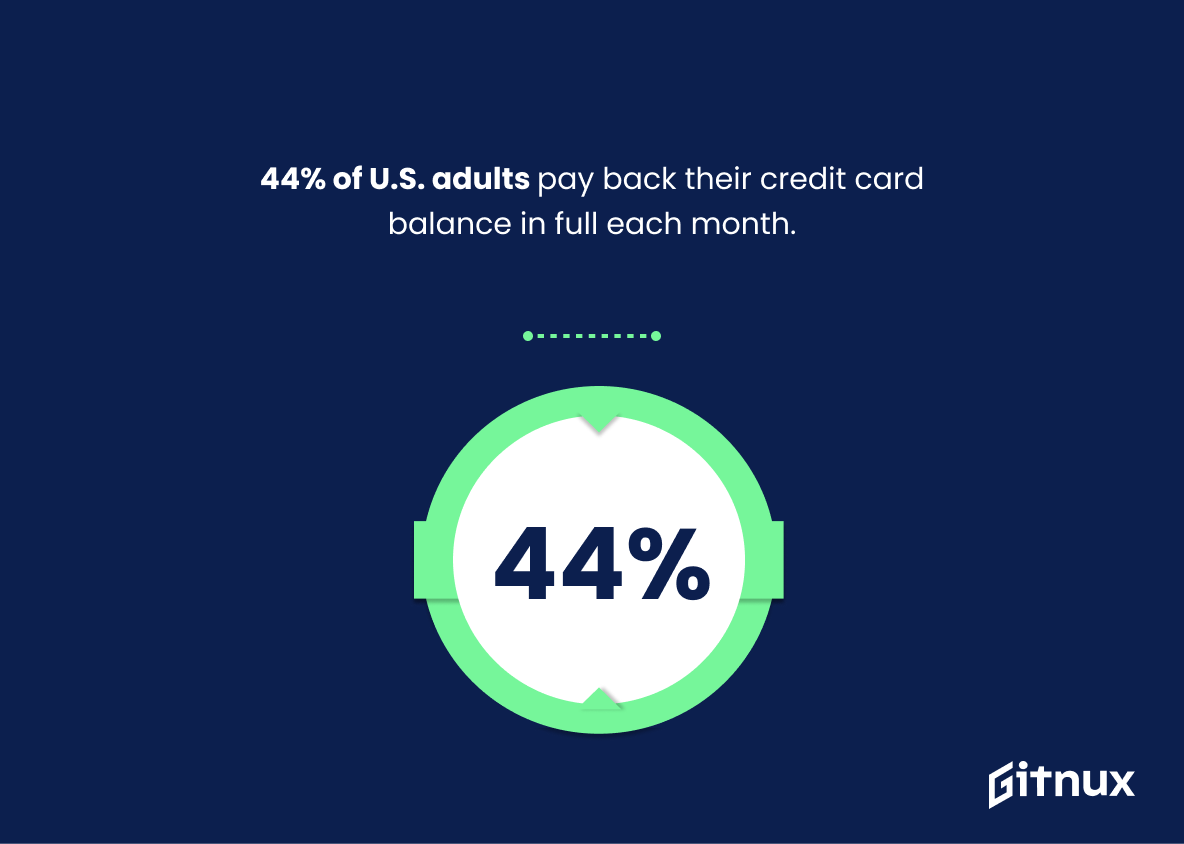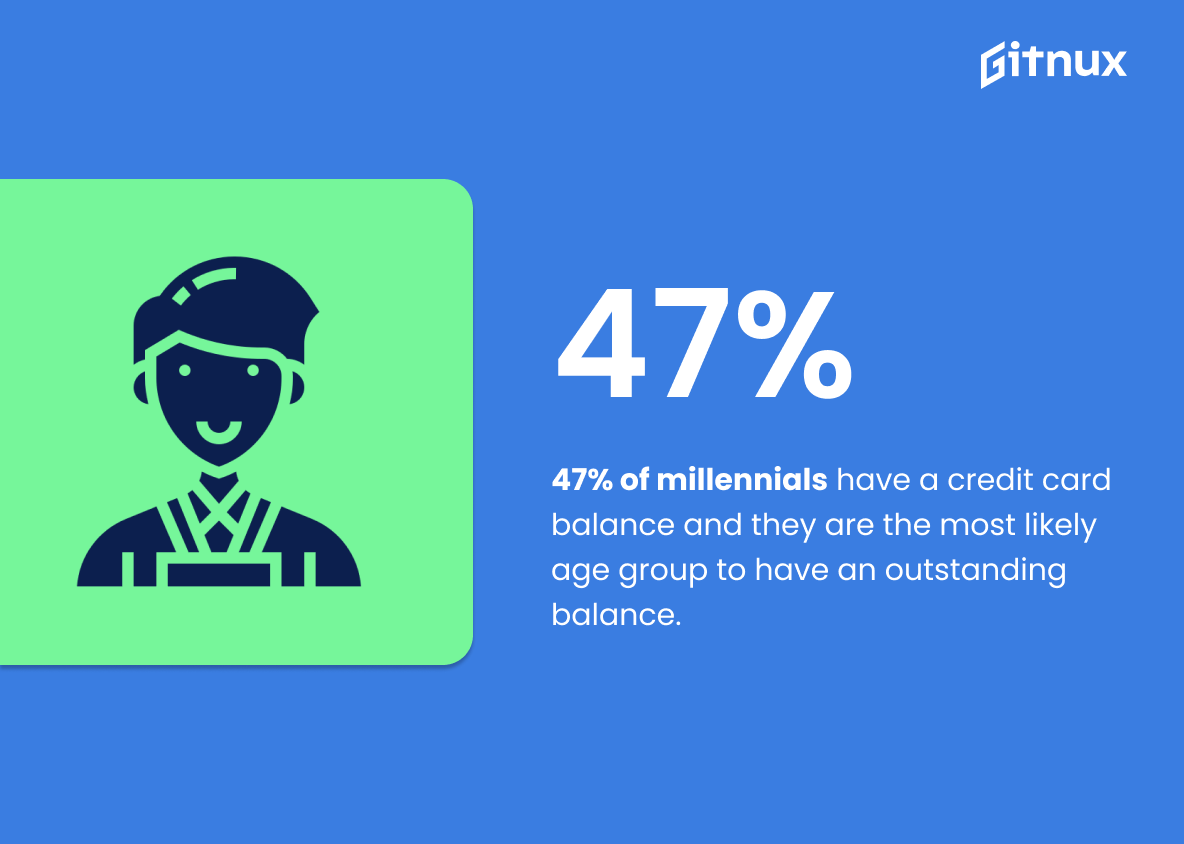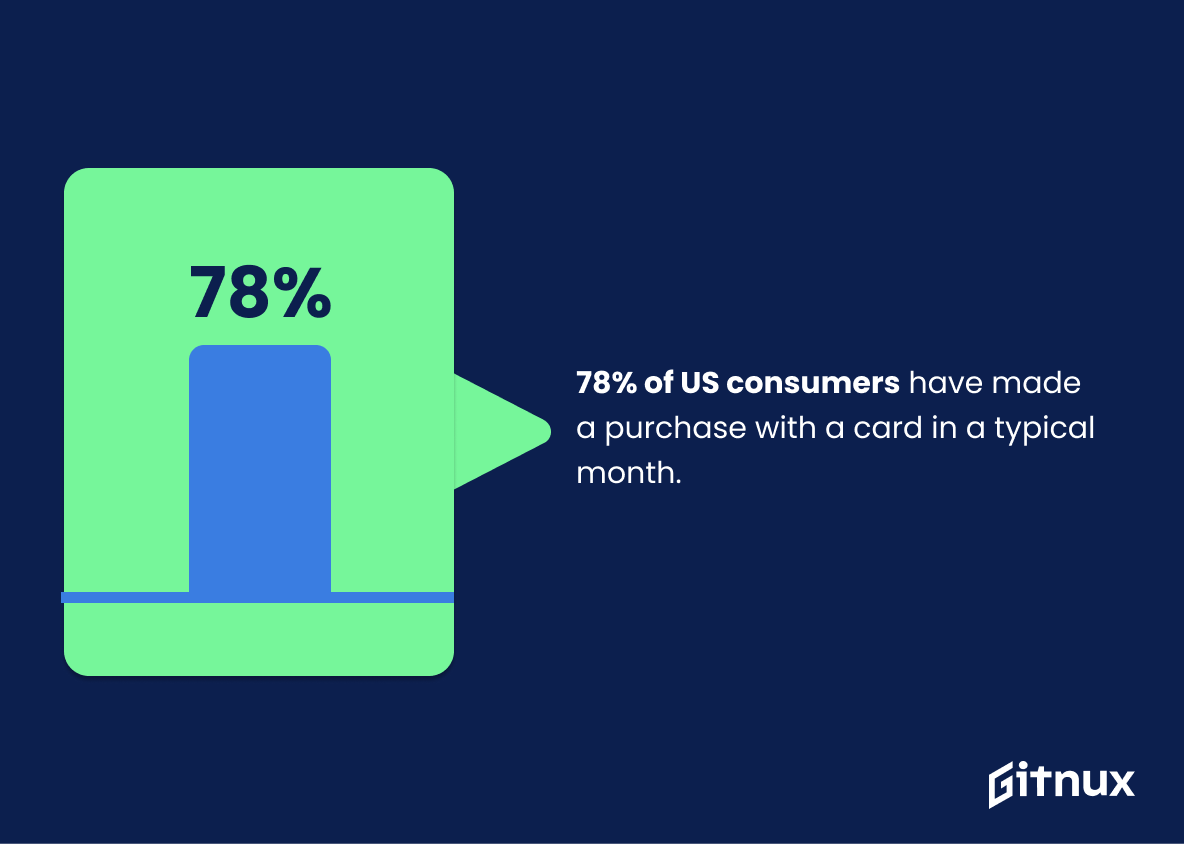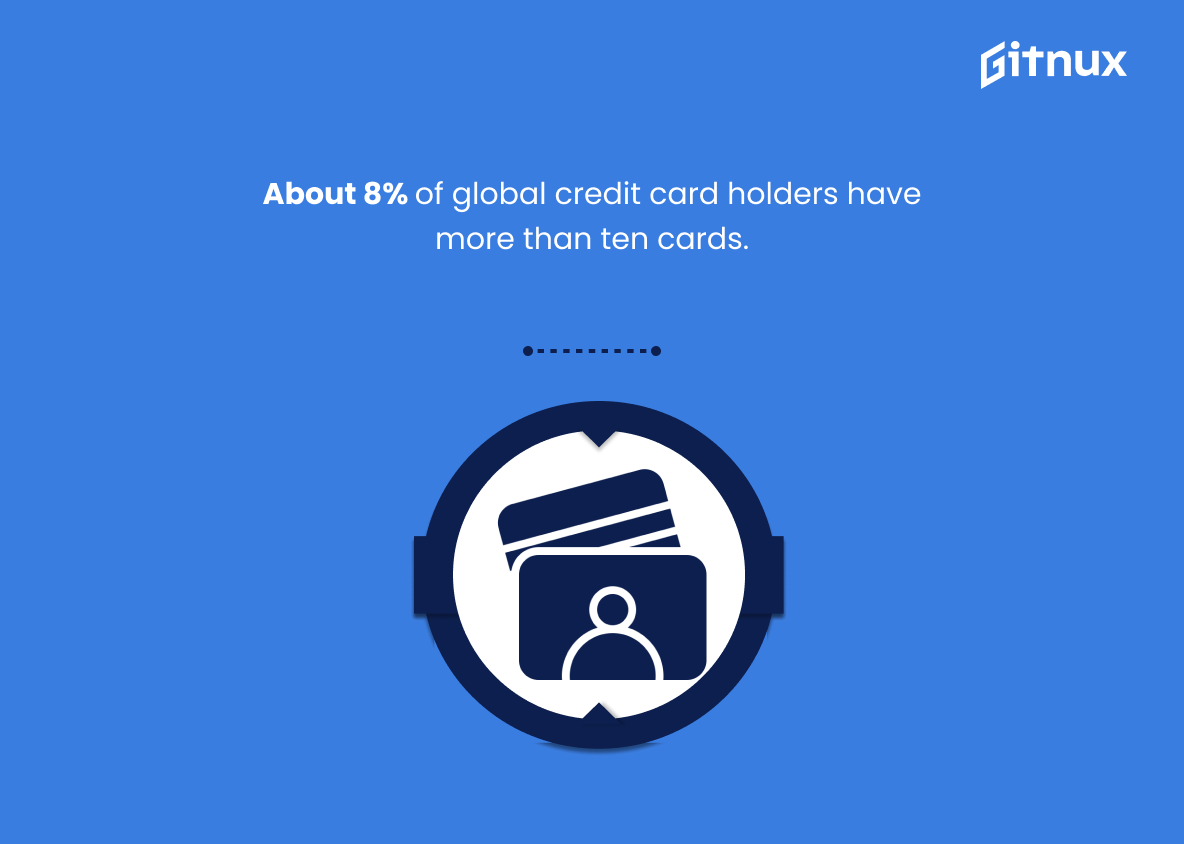Navigating the intricate world of financial management can be a daunting task for many. However, understanding the ever-evolving trends and statistics related to credit card spending is a crucial step to better manage one’s finances. Through this insightful blog post, we aim to shed light on credit card spending statistics, highlighting not only the patterns and behaviors that define this arena but also how these trends impact our economy at large. We’ll delve into diverse data, exploring various user demographics, spending categories, geographical influences, and other key factors. Whether you’re a credit card newbie, a seasoned cardholder, or just intrigued by financial trends, brace yourself for a comprehensive journey through the captivating realm of credit card spending.
The Latest Credit Card Spending Statistics Unveiled
As of Q2 2020, 83% of consumers used credit cards to make purchases.
Unveiling a staggering figure, as of Q2 2020, credit cards were the financial sword of choice for 83% of consumers making purchases. This illuminating piece of data plays a central role in our discourse on Credit Card Spending Statistics. It signals the pervasive and escalating reliance on credit cards, painting a vivid picture of consumers’ payment preferences across the marketplace. This usage trend further underscores the evolving consumer behaviour and groundswell of acceptance towards image-less currency. It serves as a barometer for financial service providers to innovate and shape their credit card offerings, while giving retailers a heads-up to streamline their card payment infrastructure. In the era where convenience is king, this statistic serves as a testament to the crowning of credit cards in our wallets.
Credit card spending increased by 8% in Q3 2020 compared to Q2 2020.
Highlighting an 8% increase in credit card spending in Q3 2020 compared to Q2 2020 offers a big splash into the financial pool of credit card usage. This uptick delivers a deeper insight into changing consumer behavior during 2020. It calls on the necessity to dig into the undercurrent driving the spending surge – be it increased online shopping due to a pandemic, a shift from cash payments, or a rise in consumer confidence. Like a compass, this statistic guides us through the evolving dynamics of consumer spending patterns and credit card use, a key aspect to dwell on in the continuum of Credit Card Spending Statistics.
U.S. consumers on average have 4 Credit Cards.
Diving into the realm of credit card spending, this particular fact – that the average U.S. consumer brandishes four credit cards – illuminates a complex tapestry of consumer habits. This datum isn’t simply a number; it’s a crucial filament threading through our understanding of consumer behaviour, debt management, credit card utilization, and financial habits. It highlights that U.S. consumers, on average, juggle multiple lines of credit, be it for maximizing rewards, improving credit scores, or simply managing spending. Furthermore, this statistic implies the impressive capacity of credit card holders to navigate the intricate world of various credit offers, interest rates, and payment deadlines. So, in the grand orchestra of credit card spending statistics, this melody shines through, setting the tone for a deeper appreciation of consumer spending nuances.
Consumers spent $769 billion on credit cards in Q2 2020.
Weaving together a colorful tapestry of spending habits, the titanic figure of $769 billion spent on credit cards in Q2 2020 serves as a powerful testimony to the prominence of plastic money in global economies. This gargantuan sum enlightens us about the financial behavior of consumers, by acting as a vibrant indicator of the reliance on credit cards as the dependable and trusted mode of transactions in their daily lives. The gravity of this number, when placed in the context of a shrinking economy and global uncertainty due to the pandemic, paints a picture of consumer resilience and the unwavering faith in credit as a financial buoy in turbulent times. Thus, every strand in this skein of $769 billion contributes to a broader narrative of economic patterns, consumer behavior and financial adaptations, making it a critical character in the odyssey of credit card spending statistics.
44% of U.S. adults pay back their credit card balance in full each month.
Imagine for a moment, nearly half of American adults, like diligent gardeners, are regularly weeding out their debt garden, ensuring no credit card debts grow out of control. This 44% showcases a compelling development in the narrative of credit card usage. It profoundly influences credit card spending statistics by displaying a disciplined financial subset of society, potentially lowering average debt numbers. It’s a streak of silver lining amidst often cloudy discussions about credit card debt, promisingly hinting at more responsible spending habits and shrewd financial navigation.
47% of millennials have a credit card balance and they are the most likely age group to have an outstanding balance.
This statistic provides a compelling snapshot into the financial habits and attitudes of the millennial generation. Featuring prominently in a blog post about Credit Card Spending Statistics, it captures the narrative of a generation seemingly more comfortable or encumbered with managing debt, as evidenced by nearly half of them having outstanding credit card balances. It subtly emphasizes the financial landscape and spending behaviors specific to millennials, potentially shaping economic trends and credit policies that could impact this demographic. Ultimately, it offers a lens into the financial posture of this age group, serving as a foundation for discussions around credit use, financial literacy, and debt management.
55% of US adults have been persistent debtors, carrying their credit card debt for at least 2 years.
In the swirling galaxy of credit card spending statistics, the data point that 55% of US adults have found themselves secured in the gravitational pull of persistent debt, carrying their credit card burdens for at least two years, illuminates a critical concern. This paints an intriguing tableau of the American consumer’s journey, where recurring debt is an unwanted, yet seemingly inescapable, travelling companion. It underscores the importance of understanding personal finance management, the impacts of interest rates, and the potential for debt to affect credit scores. As an insight, it serves as a lighthouse, warning of the rocky peril of persistent debt while steering the conversation to address strategies for safe financial navigation.
37% of Credit card holders made nonessential purchases just to earn rewards.
Shedding light on the intriguing behavior of credit card holders, this statistic acts as a spotlight on the psychological approach of about two-fifths of them. It provides a fascinating narrative of how promotional incentives, in this case, rewards, shape consumers’ spending habits. Proving that not all purchases are driven by necessity, it highlights the influential role of rewards in prompting nonessential spending. This insight could arm readers with knowledge to reassess their spending decisions, potentially encouraging a closer look at whether rewards truly offset the costs of those purchases. In addition, the statistic is a sharp reminder to credit card companies about the power of reward programs in stimulating consumer purchasing activity, thus significantly influencing the dynamics of credit card spending. This paints a vivid picture for the readers, making this blog post on Credit Card Spending Statistics not just informative but also thought-provoking.
78% of US consumers have made a purchase with a card in a typical month.
Delving into the realm of credit card spending statistics, the revelation that 78% of US consumers use cards as their reliable payment constituents in a typical month underscores a compelling narrative. It reflects the consumer’s inclination towards electronic transactions, which paints an effective image of a society transitioning from traditional cash towards smarter, digital alternatives.
This statistic, acting as a mirror for consumer habits, adds a dimension of comprehension for policy-makers, financial institutions and businesses alike, hinting towards the perpetuating significance of electronic payment systems. It also fortifies reflections on consumers’ trust in the safety of such transactions, their ability to manage credit, and the increasing adaptability of the cashless economy.
Overall, the statistic endows the discussion about Credit Card Spending with rich, contextually relevant insights. This veneer of credibility shapes a more holistic picture of the story of card payments, further enriching this blog post for its readers.
About 8% of global credit card holders have more than ten cards.
Diving into a world where 8% of worldwide credit card holders juggle more than ten cards, we plunge into a unique demographic. This data point serves as a remarkable beacon within the vast ocean of Credit Card Spending Statistics. The 8% community, although seemingly small, represents a significant portion when considering the global scale. The spending, management, and utilization of credit has undeniable consequence on global financial health, consumer behavior trends, and the credit card market strategies. Moreover, understanding this segment can shed light on the implications of credit card debt, making it an undeniably critical stratum to examine. It provides food for thought for policymakers, financial educators, and consumers alike, bringing to surface intriguing dialogues about credit utilization norms and financial well-being.
Cash back was the preferred credit card reward, chosen by 49% of consumers in 2019.
Understanding consumers’ preferences towards credit card rewards, particularly cash back, supports the insights about their spending habits. This data point of 49% consumers in 2019 favoring cash back indicates a trend in financial planning where consumers prefer tangible, immediate returns on their spending. Accurate comprehension of this user inclination can shape the marketing strategies of credit card companies. Moreover, through this choice, readers can compare their credit-card rewards preference, and weigh the advantages of the would-be popular choice of cash back, potentially sparking their interest in exploring different options available to them, ultimately affecting their spending behavior.
Conclusion
Understanding credit card spending statistics is crucial whether you’re a cardholder, a financial professional, or a policy maker. The trends, insights, and correlations revealed through these statistics help us make informed credit card usage decisions and pave strategical directions for credit education. It emphasizes the necessity to reckon with the way we use credit cards, the impact our habits have on our financial health, and how these trends continue to evolve. Let’s wisely use these valuable insights to promote healthy spending habits, enhance financial literacy, and create a sustainable credit landscape.
References
0. – https://www.www.thebalance.com
1. – https://www.www.statista.com
2. – https://www.www.nilsonreport.com
3. – https://www.www.creditcards.com
4. – https://www.www.federalreserve.gov
5. – https://www.www.experian.com
